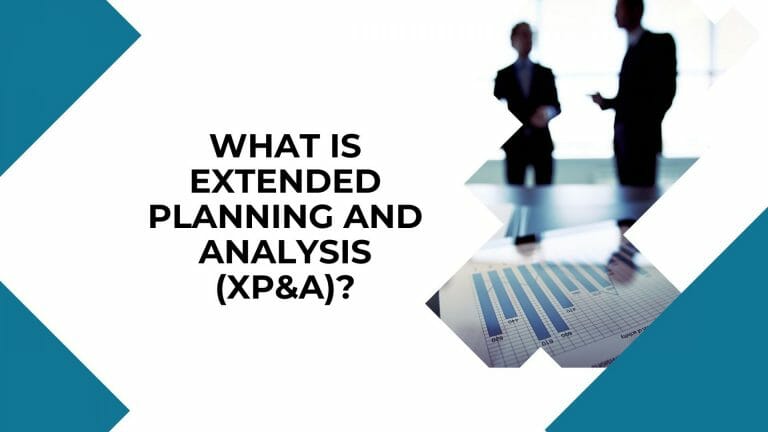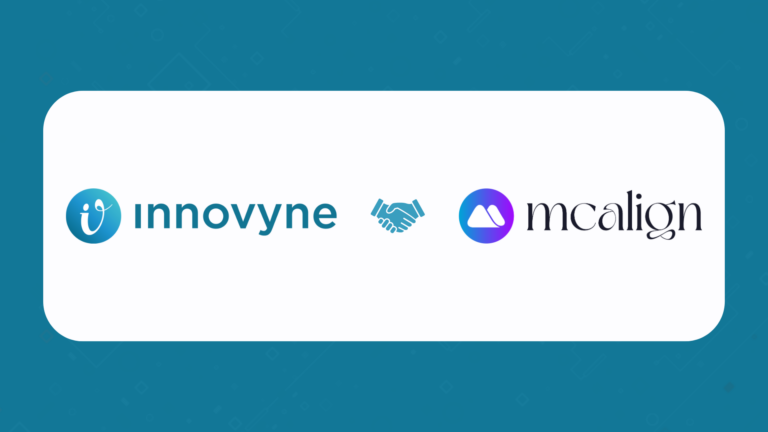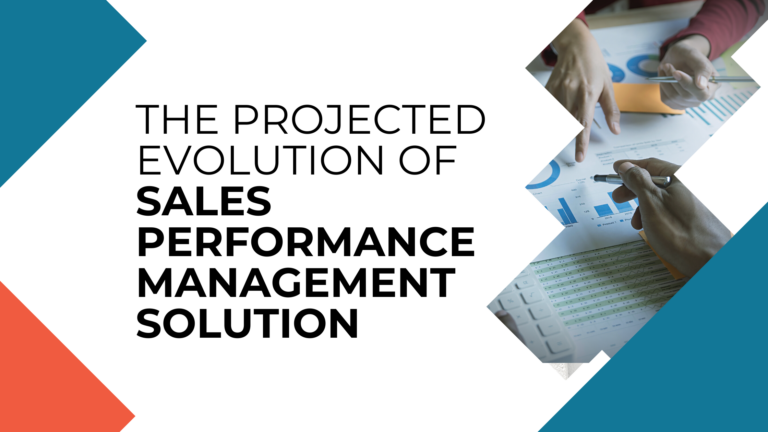Extended Planning and Analysis goes far beyond the scope of traditional Financial Planning and Analysis (FP&A). This entails an analysis of the organization as a whole and enterprise planning that incorporates all departments. The data takes several areas of the business into account, providing a comprehensive overview of operations.
Everything you Need to Know About XP&a
While the term xp&a (Extended Financial Planning and Analysis) was only recently coined by the research firm, Gartner, the concept is not new. Giving it a name allows us to concentrate on the details and form a better idea of how extended planning and analysis works.
The Coronavirus and subsequent recovery plans have highlighted the flaws that exist within traditional Financial planning and analysis. It has become evident that a more comprehensive approach is needed in order to coordinate all functional aspects of the business.
Essentially, extended planning and analysis is a reinterpretation of what type of data is used in enterprise planning, and how it is processed. By assimilating data from non-financial departments, like HR, sales, or IT, and combining it with traditional financial data, a CEO or CFO has a more comprehensive overview of the daily activities that occur within the company and how this affects financial planning as a whole.
Good financial planning practices have always been essential in formulating strategies for future growth. However, the complexity of modern business requires a much broader approach than the traditional model is able to provide. In order to get the full picture, planning needs to incorporate key factors:
· Sales: developing strategies to meet sales targets.
· Marketing: Planning campaigns, product launches, and promotions.
· HR: ensuring that future human capital demands are met.
· Procurement: What should be bought and where.
· Supply Chain: Planning for production and inventory based on demand.
· IT: What the technical demands in linking all aspects of the business
Traditionally, all these components have been analyzed in isolation, as separate silos. If departmental data is viewed only as a single spreadsheet, it is not possible to observe how it may impact other departments. For example: If the sales department exceeds its target, how will this affect procurement and the supply chain.
This single example can be applied to how all silos within the organization need to be coordinated in order to ensure that an integrated financial planning is in line with what is happening throughout the organization and allow for more accurate future planning.
In essence, XP&A consolidates data from all crucial areas of the business, allowing CEOs, CFOs, and COOs to make better decisions based on a wider, more inclusive data set. It is a streamlined approach to collecting and processing the greatest amount of relevant information. This integrated business planning approach not only improves the implementation and execution of these plans. But also provides more comprehensive information.
Traditional FP&A vs XP&A
Exchanging the term FP&A with XP&A may seem like a purely academic exercise. However, the shift of focus has far-reaching implications on how to plan, manage, and streamline the business.
Traditional FP&A methods hinder the efficiency of continuous planning where it is most needed – at the operational level. By changing the focus to XP&A, the financial outcome of various operational aspects are linked. The “ivory tower” system of management is no longer an issue as top-level management has a better idea of the real-time operational aspects of the business.
By having a clear picture of how all operations within the organization interact and impact each other, the financial implications become clearer.
The most basic way of interpreting XP &A is to say we can observe the big picture as opposed to the narrow view of separating FP&A from the operational side of the business.
Benefits of Expanded Planning and Analysis (XP&A)
By integrating all operations of the organization into a comprehensive overview, financial planners can benefit in many ways:
· Holistic, Real-time Overview: By removing the barriers between departmental silos, a single comprehensive picture is created. A user can observe the execution of plans and monitor performance in real-time. By combining this extended view of the business with cross-functional reporting and analysis tools, it becomes easier to understand how each department is impacted by decisions. It also provides a view of how these decisions affect the organization as a whole.
· Consolidated Data: Also described as a “single source of truth” XP&A provides a consolidated set of data that is relevant to all departmental silos. When data is fractured into different sources, there is often conflicting truths. With massive volumes of uncoordinated data, it is difficult to obtain one single truth. Consolidating this data into a single source eliminates confusion and the chance of conflicting data.
· Synchronicity: XP&A aligns financial, strategic, and operational plans into a harmonious synchronized unit. This allows for greater goal-sharing. When awareness exists of how one department affects another, teams are encouraged to interact. This results in improved collaboration, with the ability to align priorities.
· Swift Planning: A lack of agility prevents large organizations from acting swiftly to change. Consolidated data and greater synchronicity between departments improves agility. This allows the business to adapt to changes more rapidly. Mistakes and risks are identified with greater efficiency and plans to mitigate these risks can be implemented more effectively. With a real-time overview of all the facts, the organization is more streamlined and better equipped to handle the fast pace of the modern business environment.
· Continuous Automated Planning: A harmonious integration of planning throughout the organization is integral to the success of a good XP&A strategy. When one sector of the plan changes, the other affected plans are automatically updated. This allows for automatic updating, keeping all related silos up to date with changing conditions.
Why is XP &A important for businesses?
The old expression “Adapt or die” has never been more applicable to the survival of a business than it is today. The Coronavirus pandemic has taught us many valuable lessons on how to make our businesses more adaptable to unexpected changes. The realization that XP&A is one of the greatest tools for expediated planning is one of these important lessons.
Disruption in the supply chain, restricted mobility, and the limitations placed on employees have had an impact on the way we have done business over the last two years. In many cases, companies have been unable to function properly because of these difficulties. Some simply could not survive the difficulties. We’ve had to rethink traditional financial planning to make it more fluid and adaptable.
Decisions need to be made faster and implemented more efficiently. Most large organizations have been hindered by the sluggish nature of traditional financial planning methods. Fragmented, sometimes unreliable data, means that planning is not always efficient or effective. It then takes a long time for these plans to trickle down the organizational chain to the relevant departments.
When changes in the market or supply chain occur, businesses are often slow to react. If the planning strategy is not inclusive, coordination between the various silos is slow or nonexistent. All this makes rapid adaptation to change almost impossible.
In a world where agility and expedience are the keys to success, traditional FP&A simply does not cut it anymore. We need a more adaptable and faster system of planning to ensure that the business is not left behind in a tidal wave of change.
Introducing XP&A is a logical step in the evolution of a business from a slow and cumbersome dinosaur to a swift and agile gazelle. A business can no longer afford to linger behind with slow and outdated processes. It is simply a matter of basic survival.
A modern organization has to be streamlined and super-efficient. By implementing good XP&A practices, the relationship between all facets of the business is harmonized. Cooperation between finance teams and other departments is enhanced, improving general efficiency on every level.
A comprehensive, well-managed source of data allows planners to make more informed decisions. By observing the relationship between various sectors of the business, it becomes easier to implement planning throughout the organization. It is also easier to spot unnecessary procedures and costs.
We have the tools to accumulate endless amounts of data. The question becomes; how do we coordinate this data and use the most relevant information more effectively. A well-implemented XP&A strategy is about the best data management practices. Collect data from every corner of the organization and then assimilate it to see how this affects financial planning. Conversely, XP&A creates a clearer picture of how this planning impacts the rest of the business.
Data automation can be used more effectively in a consolidated format. It eliminates duplication and allows for simultaneous updates across all relevant departments. In general, there is a more symbiotic relationship between management and the departments that allow the business to function.
The end result is a more harmonious business with increased efficiency and reduced operating costs. Wide planning is more effective and can be implemented more efficiently. The bottom line for any modern business is to maximize efficiency and reduce wastage. This has to be done intelligently and with foresight. The only way to achieve this is to have the best information and a means of effectively analyzing the data for the intended results. With the correct tools and understanding, XP&A addresses these needs more completely than the traditional methodX



